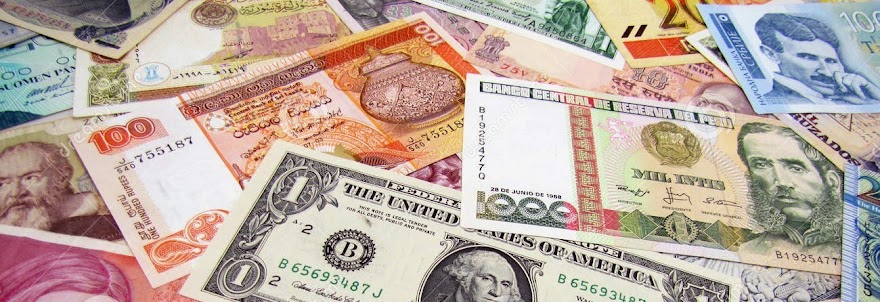by
Nilaish
Life Member IBNS-IBCC
Paper money is an instrument which circulates money from place to place. Indian banknotes are known since 1770, but there is no specimen or issued note known before 1812. The earliest banknotes which is seen in Razack et al. (2012) shows notes of Bank of Hindostan, Bank of Bengal, Bank of Bombay and Bank of Madras. There were three presidencies; Bengal, Bombay and Madras where these government and private joint stock banks circulated banknotes in India. These notes were promissory notes issued on demand and were paid on demand. The below excerpt of Bank of Hindostan banknote shows the promissory note as;
Nilaish
Life Member IBNS-IBCC
Paper money is an instrument which circulates money from place to place. Indian banknotes are known since 1770, but there is no specimen or issued note known before 1812. The earliest banknotes which is seen in Razack et al. (2012) shows notes of Bank of Hindostan, Bank of Bengal, Bank of Bombay and Bank of Madras. There were three presidencies; Bengal, Bombay and Madras where these government and private joint stock banks circulated banknotes in India. These notes were promissory notes issued on demand and were paid on demand. The below excerpt of Bank of Hindostan banknote shows the promissory note as;
Bank of Hindostan 10 Sicca Rupees banknote's promissory text:
ON DEMAND I PROMISE to pay to.................... or bearer Sicca Rupees TEN.
Image Courtesy: Rezwan Razack
All other issues of bank of Hindostan had same promissory text. The earliest known banknote which has survived is dating to 1812 of Bank of Bengal. The promissory text of note dating to 1813 shows following text:
Bank of Bengal 250 Sicca Rupees banknote's promissory text:
We Promise to pay to Mr W. Morton or Bearer on Demand Two Hundred and fifty Sicca Rupees.
The minutes of meeting of Bank of Bengal in 1809 as seen with Victoria Memorial (see below) explains the name in the promissory text. Mr W. Morton was the Treasurer and Secretary of Bank of Bengal in 1809. His name is mentioned, if bearer looses the note then the payment will be done back to the Treasurer?! Please see the copies of the minutes of meeting and a copy of Governor General, Lord Minto was sent notification from the bank (please see below).
Minutes of Meeting Page no.1:
At a meeting of the directors of the Bank of Bengal on Monday the 2nd January 1809,
Present:
{ R.W. Cox,
Hon. S.G. Tucker,
W. Egerton,
A. Colvin,
J.W. Fulton,
G. Tyler,
John Palmer,
John Alexander,
Maharaja Sookmay Rae} Esqrs.
The directors having received the Charter of Incorporation from the right Honourable the Governor General in Council and taken the oaths of office before him, resolve that the charter be reach.
Resolved that Mr. Tucker be appointed President. Resolved that Mr. Morton be appointed Secretary and Treasurer. Mr Henry Tyler Accountant and Ramchander Rae Khazanchy and that the following letter be addressed to the Governor General in Council
To the Right HON'BLE GILBERT LORD MINTO
Governor General in Council
& & &
Communication letter of Bank of Bengal to Lord Minto:
My Lord, We have the honour to report of your Lordship in Council, that We have nominated Henry S. George Tucker, Esq. our President and apointed Mr. W. Morton, Secretary and Treasurer, Mr. Henry Tyler Accountant and Ramchander Rae Khazanchy of the Bank of Bengal, We request that the officers of the Bank may to be the presented Oaths before your Lordship agreeably to the conditions of the Bank. We have the Honour to be, My Lord.
Later series had some changes in the promissory text. Type 1, 2, 3, 4, 5 and 6 have same promissory text but type 7 had different text please see below:
Type 3:
We Promise to pay to Mr W. Morton or Bearer on demand Sixteen Sicca Rupees.
Type 6: Similar
Type 7:
I Promise to pay Mr W. Morton or Bearer on demand One Hundred Company's Rupees.
Between 1853 and 1856 notes had similar promissory text but the later issue had different Promissory text. The last issue is called Britannia series which contained uniform promissory text:
Type 10: Britannia Series 10 Rupees note -
I Promise to pay the Bearer on demand Rupees TEN / 1857 Aug 31st Calcutta 31st Aug 1857.
In 1861 first currency act was passed in India and all banks were not allowed to issue promissory notes.
Copyright Nilaish, Esq. All rights reserved.














